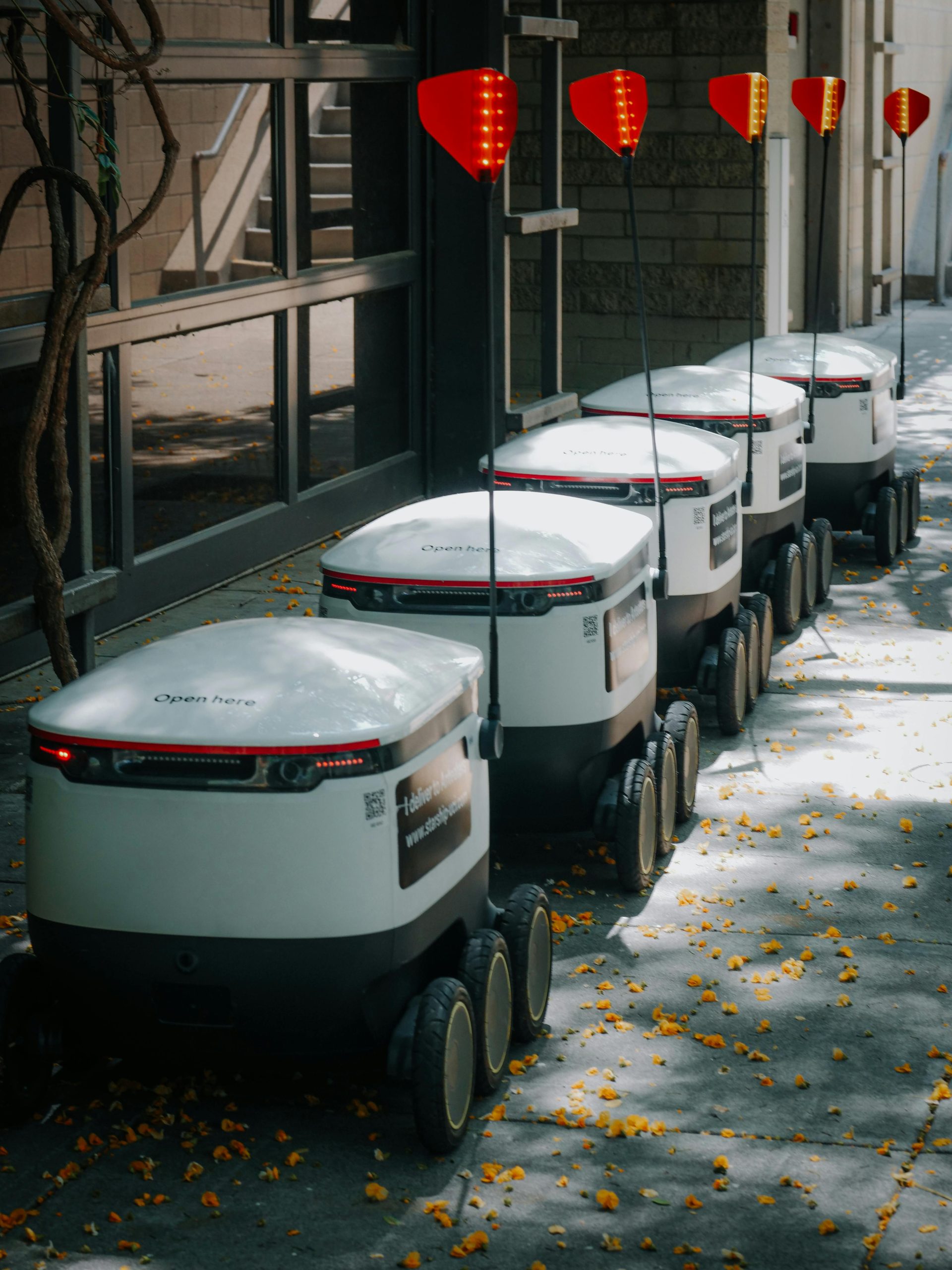Is Google’s Veo 3 Indicating the Dawn of Interactive Worldwide Models?
Exploring the Future of AI: Could Google’s Veo 3 Spark the Era of Playable World Models?
As artificial intelligence continues to evolve at a rapid pace, recent developments hint at a fascinating shift in how machines understand and interact with the environment around them. A notable stride in this direction is Google’s latest advancement with Veo 3, a cutting-edge multimodal foundation model that could potentially pave the way for the development of playable world models.
Understanding the Difference: World Models vs. Video Generation
Before diving into the implications of Veo 3, it’s essential to distinguish between two key AI concepts: world models and video-generation models. World models are designed to simulate the underlying dynamics of real-world environments, allowing artificial agents to predict how their actions might influence their surroundings. These models are integral to enabling robots and virtual agents to navigate and interact with complex spaces intelligently.
Conversely, video-generation models focus on creating visually realistic sequences—producing lifelike videos from text prompts or other inputs. While impressive, these models primarily generate content without necessarily understanding or simulating the physics and interactions within an environment.
Google’s Ambitious Vision with Veo 3
Google’s recent efforts center around transforming its multimodal foundation model, Gemini 2.5 Pro, into a sophisticated world model capable of mimicking aspects of human cognition. This initiative aims to go beyond static content creation, striving instead to develop systems that understand and simulate physical interactions realistically.
In late 2024, DeepMind introduced Genie 2, a remarkable model capable of generating dynamic, interactive worlds reminiscent of video games. Genie 2 demonstrated that AI could produce endless varieties of virtual environments that respond to user interactions, marking a significant milestone.
Following this, reports emerged that Google was assembling a specialized team dedicated to building AI models capable of simulating the real world with greater fidelity. These efforts suggest an emerging focus on creating AI-driven virtual environments that not only generate visuals but also comprehend and predict agent-environment interactions.
Implications for the Future
The development of such world models could revolutionize numerous fields—from gaming and entertainment to robotics and virtual training. Imagine immersive simulations where AI agents can not only visualize but also physically interact with their surroundings in real-time, making virtual experiences more authentic and versatile.
While still in the early stages, Google’s Veo 3 and its associated initiatives highlight a promising trajectory toward truly interactive and lifelike AI environments. As research progresses, we may soon see AI systems that are














Post Comment